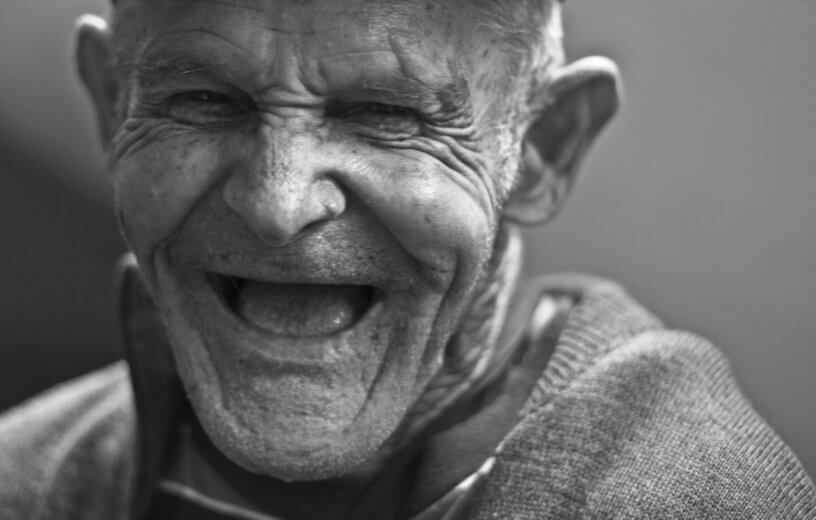LONDON, Ontario — Botox, be gone! Eye wrinkles may be a dreaded part of aging, but they actually serve a purpose, according to a recent study: communicating sincere emotions.
Researchers at Western University studied how our brains perceive wrinkles around the eyes. They believe that we are simply hardwired to trust the sincerity of expressions when we see, for example, crow’s feet around the eyes of someone smiling.
Lead study author Dr. Julio Martinez-Trujillo, a professor at the university’s School of Medicine & Dentistry, described the method used to test brain responses — visual rivalry — as a “window into the unconscious.”

When the brain perceives differences between expressions, researchers say it will select the one it considers more important. In this study, visual rivalry was used to test the brain’s response to different expressions, some with and some without eye wrinkles.
Researchers presented two images to participants. One of the participant’s eyes was shown an expression with the Duchenne marker and the other eye was shown the same expression without the Duchenne marker. The brain first alternates between the different images, then brings into perceptual awareness the one it finds more meaningful.
“The expressions involving the Duchenne marker were always dominant,” Martinez-Trujillo says in a university release. “So if the emotion is more intense, your brain actually prefers to bring it into perceptual awareness for a longer time.”
Participants were also asked how they would rate the intensity and sincerity of sad and smiling expressions. Duchenne expressions were consistently ranked as stronger and more genuine.
“These findings provide evidence of a potential universal language for reading emotions,” says study co-author Nour Malek. “In other words, a given facial action may have a single role across multiple facial expressions—especially if that facial action shapes your social interactions. For example, knowing if a stranger’s smile is genuine and whether that person can be trusted, warns you whether you should evade or not.”

The authors say these results help us have a better understanding of why certain facial expressions include specific facial actions, such as eye wrinkles, and how this helps with our perception of underlying emotions. They wonder whether difficulty reading the Duchenne marker is one factor involved in those who have certain disabilities.
“When you have social interactions you need to perceive whether a person is sincere or not,” notes Martinez-Trujillo. “So my interest now is, what will be the results if we do this same test with people with autism spectrum disorder. They often have trouble reading emotions from other people, so we wonder if that might have to do with their ability to read this marker for sincerity.”
When Irish eyes are smiling, sure they’ll steal your heart away — with their Duchenne markers. No botox needed.
The study was published in the journal Emotion.
You might also be interested in:
- Best Mascaras
- Best Eyeliners
- Best Eyelash Curlers
- Best Lip Balms
- Best Makeup Removers
- Best Nail Polish
- Best Ways to Paint Nails
- Best Way to Paint Toenails
